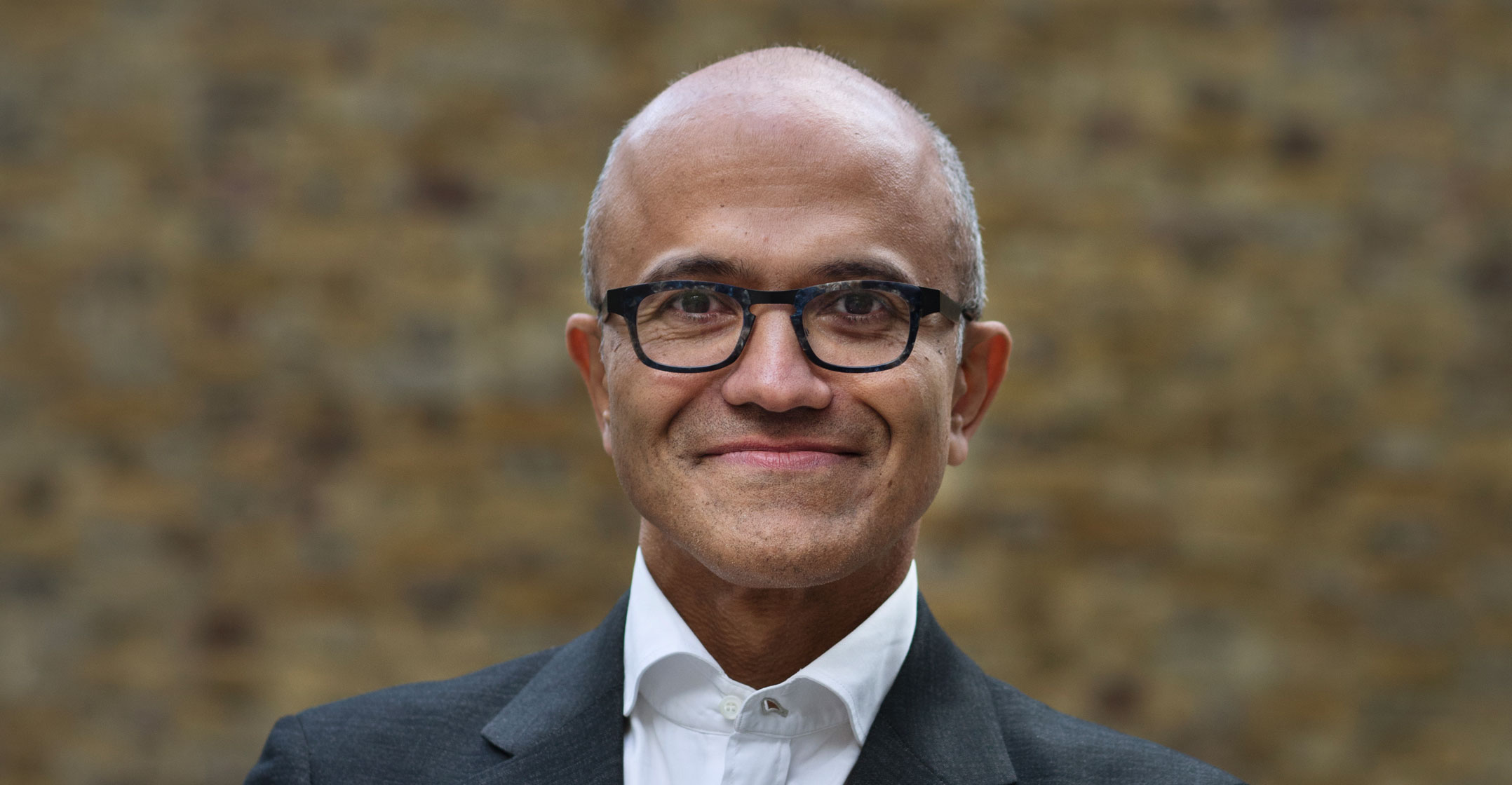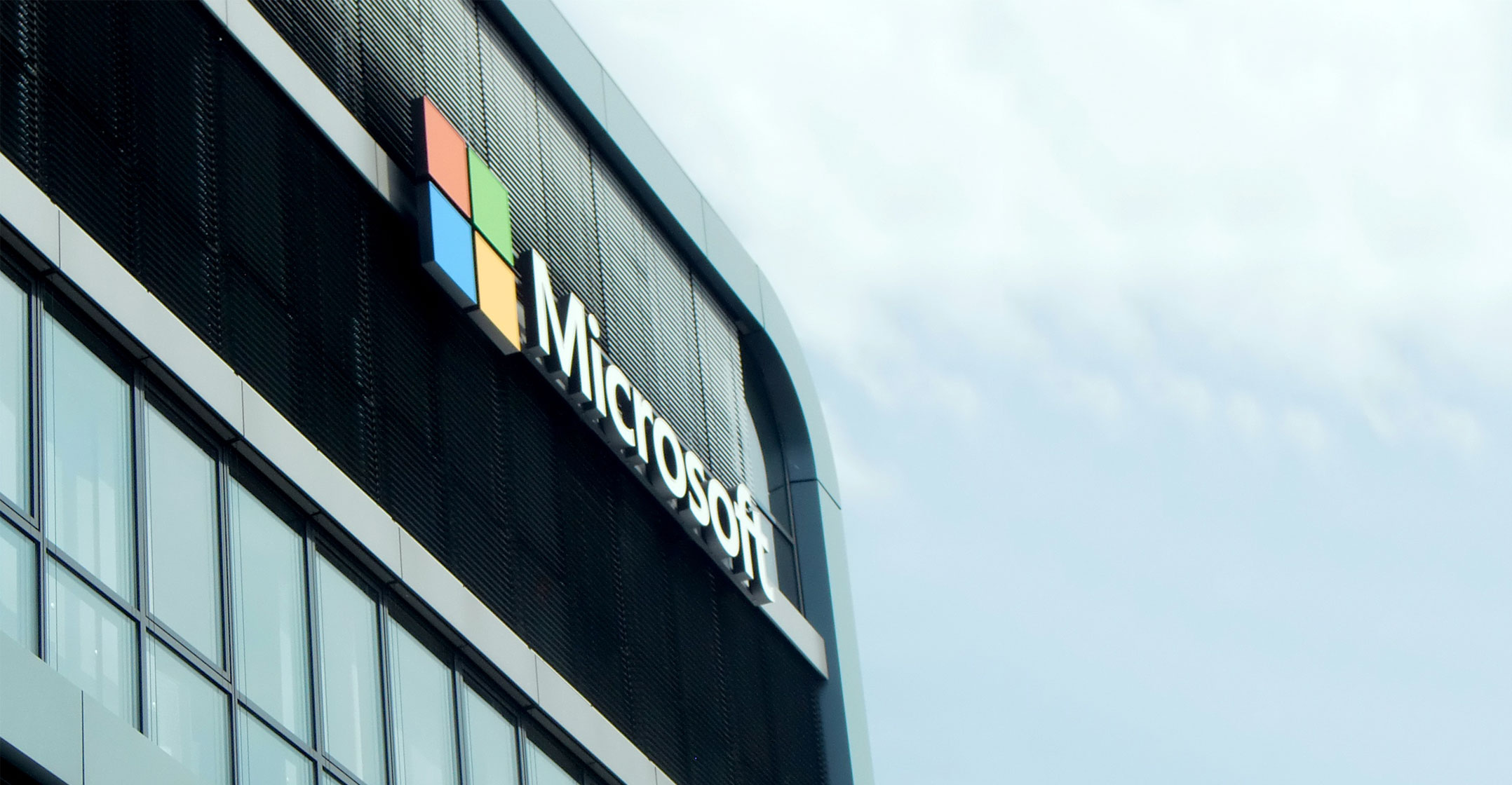
Advances in artificial intelligence should be used to help humans and machines work together, rather than to create competition between them in everything from chess matches to the job market, Microsoft CEO Satya Nadella writes in his new book, Hit Refresh.
“The first choices we get to make are choices around the design of AI, and let’s make that first design choice to augment human capability,” instead of seeking ways to have technology replace people, Nadella said in an interview on Monday, a day ahead of the book’s release. He cited a Microsoft project that uses computer vision to aid blind users as one example. “Our goal should be to find more and more examples of such sort.”
Realising that ideal is going to take a lot of work, he says. Like US President John F Kennedy’s commitment to land the US on the moon in the 1960s, the technology industry and its funders need to set a goal for AI that is “sufficiently bold and ambitious, one that goes beyond anything that can be achieved through incremental improvements to current technology”, writes the 50-year-old Nadella.
To get there, he calls for greater cooperation on AI among the influential companies in the industry, including Microsoft, the world’s largest software maker and a player in AI research for more than two decades.
“Advancing AI to this level will require an effort even more ambitious than a moon shot,” he writes. Nadella doesn’t mean moon shot in the overused, Silicon Valley way of talking about any crazy, ambitious project. He’s literally referring to a multi-company effort on research, software development, policy and ethical standards surpassing the magnitude of sending someone into space.
In the book, he also calls for a greater focus on ways technology can be used to accelerate economic growth, while ensuring that the benefits are distributed more equitably. It’s ground the company covered in a 200-plus page book last year called A Cloud for Global Good that featured policy recommendations in different categories.
Inequity
In his own book, Nadella says finding ways to grow and innovate while reducing inequity is “perhaps the most pressing need of our times”. It may become more pressing as shifts toward automation threaten jobs more rapidly than workers can be trained for newer ones, stepping up the need to find a balance.
“Are we growing economically?” he asks in the book. “No. Are we growing equality? No. Do we need new technological breakthroughs to achieve these goals? Yes. Will new technologies create job displacement? Yes. And so how can we therefore solve for more inclusive growth?”

That will require broad distribution of new technology, a focus on education in schools and on teaching new skills to workers that are being displaced, he says. “Let’s create the jobs of the future,” Nadella said in the interview. “There can be policies that create the right wages to support those jobs.”
Much of Hit Refresh covers Nadella’s tenure as CEO of Microsoft and his quest to overhaul the software maker’s combative and bureaucratic culture, which stifled innovation, frustrated employees and, Nadella admits in the book, left most of them wanting an outsider as CEO rather than him, a two-decade company man.
Concerned about the perception that he’s declaring premature victory in the battle to revive Microsoft’s fortunes – after less than four years at the helm — Nadella takes pains to say that “we still have a long way to go”. But he notes that enough progress has been made that he thought he owed it to employees, customers and partners to tell the tale so far.
Nadella also outlines the budding industries that he expects to fuel growth for both Microsoft and the industry more broadly. He focuses on a familiar list: AI, augmented reality and virtual reality — which Microsoft refers to in combination as “mixed reality”, where virtual scenes and holograms are displayed using goggles, sometimes superimposed on a user’s actual view.
He also touts the importance of quantum computing, which tries to use quantum mechanics to create supercomputers that can process information more rapidly than conventional machines.
Besides Microsoft, IBM and Google are also hard at work on quantum computing. Building a quantum system that can outperform a conventional machine will take a decade, Nadella estimated in the interview.
Given the amount of scrutiny already applied to Nadella’s turnaround at Microsoft and his frequent previous speeches and interviews on the company’s new strategic focuses, there’s little surprising material in Hit Refresh. There is one exception: he gives readers a fresh look back at his childhood in India, school years and family, topics Nadella has mostly stayed quiet about. In fact, he said he didn’t plan to write that part of the book, but he realised that talking about massive corporate change required him to explain the moments when he underwent similar upheaval in his own life.
Cricket
“It became apparent to me that unless and until I traced back, hey, what were the moments, so to speak, where I had to deal with some of the same change — and I’m still dealing with it — that it would be an incomplete story,” he said on Monday.
For the first time, he discusses in detail the birth of his oldest child, son Zain, who has severe cerebral palsy. He shares the impact of the experience on his family, his sense of empathy for others and his drive to use technology to improve accessibility for people with disabilities.
He also writes of the lessons he learned about the challenges facing women in the workforce from his mother, who gave up her career as a professor, and his wife, Anu, who stopped her work as an architect to care for Zain and their two daughters.
He gives a more complete picture of how he — a self-described “not-great” student who didn’t care much for the rat race among aspiring technology students in India and who failed the entrance exam for the prestigious Indian Institutes of Technology — eventually found a way into computer science and success at Microsoft.
And he talks about his beloved sport of cricket. A lot. — (c) 2017 Bloomberg LP




